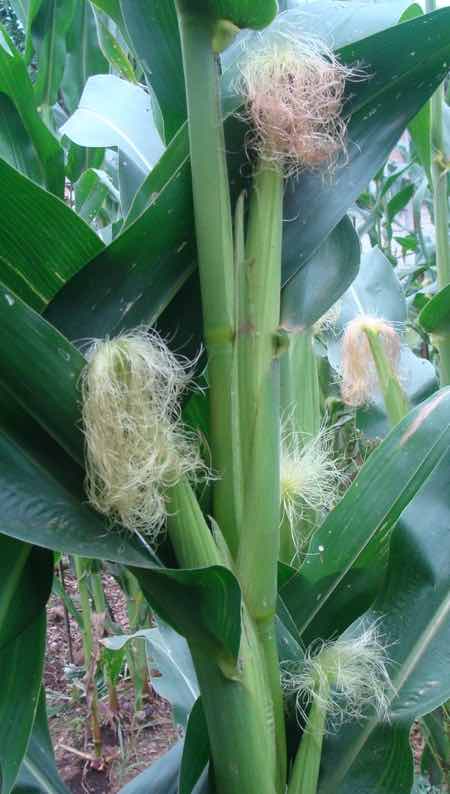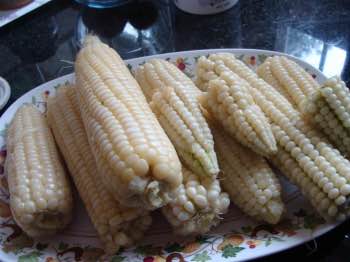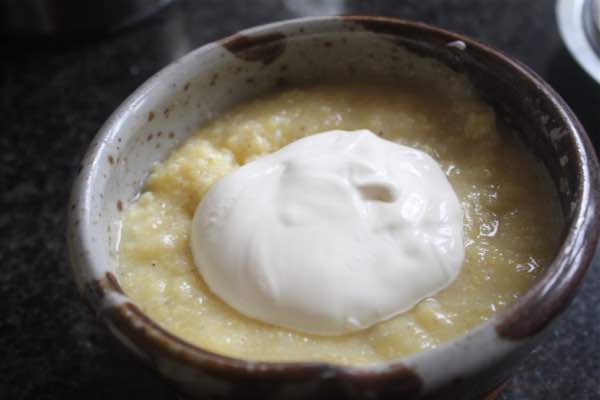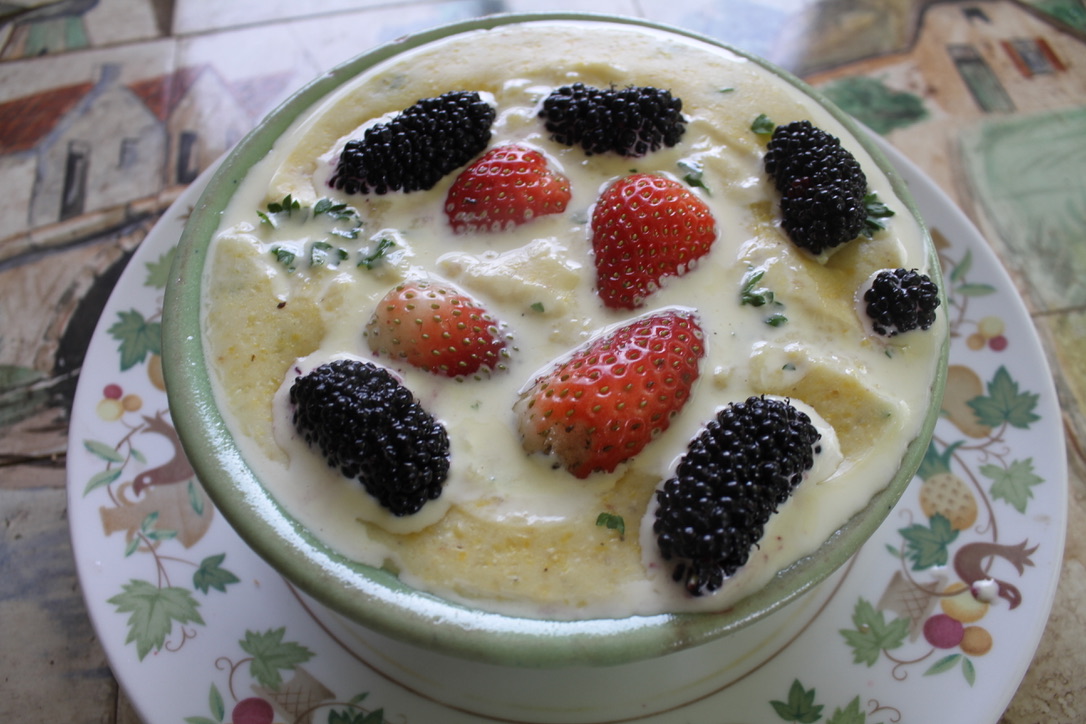A mealie a day
A mealie a day would provide much of the sugars and starch we need for energy but a quarter of that sweetness is lost within twenty-four hours of the cob being harvested.
Take this little test. Pick two identical cobs of corn, shuck the one, and then cook it immediately chewing mindfully so you can remember the flavour and texture. Have the other a day later; chalk and cheese.
Quick guide

35g of fibre each day
Stored at room temperature, corn quickly loses a quarter of its sugars; you can certainly taste the difference. It has slow-release carbs with a GI of only 48; that is excellent. Nevertheless there is about 16 grams of starch, one tenth of it indigestible fibre[6] that passes through to the colon where it feeds the microbiome.
What is a dietary fiber you may be thinking.
The obese need to limit their total digestible carbohydrate to less than 50 grams; perhaps enjoy just half a mealie a day. And take a short walk after all starchy-food so the glucose is instead turned into glycogen.
For nearly four-months we have enjoyed a mealie a day at our green home but there was a tinge of sadness at the end. The rats ate the last two cobs. In fact they came close to stealing a third of the harvest.
For that I should be grateful; a Zulu friend confirmed that again this year he did not get one-cob from his garden in Sweetwaters. The rats ate the lot; and most of the pumpkins and butternut too.
27% of children are permanently stunted
I was shocked to read recently, as I am sure many of you were that 27% of South African children under the age of five are permanently stunted[5]; one of the most laggardly countries in the world. The reasons are complex but I started wondering if the epidemic of rats, the planet’s worst invader-specie, is not part of the cause.
“Hunger is not a natural phenomenon. It is a man-made tragedy. People do not starve because there is not enough food to eat. They are famished because the system which delivers it from the fields to our plates is broken.”
- Desmond Tutu, Nobel Peace Prize winner
Rural children would in the past have enjoyed at least a cob a day throughout the summer but no longer. Instead schools and their parents have turned to ultra refined maize-meal to fill that gnawing hole in their bellies; it is the equivalent of cake flour.
The protein in mealies lacks two essential amino acids
Corn has a reasonable amount of protein, about 3g per cob, nearly 10% of the requirement of a growing child but it is not complete; it is lacking in lysine and tryptophan, two essential amino-acids. So a nutritious breakfast would need to complement that mealie with legumes, meat or eggs; and dairy products.
Phytonutrients in maize
A mealie a day is also rich in several B-vitamins and many minerals; and two very important carotenoids called lutein and zeaxanthin[3][4]. Without them we would go blind.
In addition if it was a yellow mealie a day, rich in beta-carotene it would save over 40 children's lives every single day[9]. I'm not exaggerating; it is the precursor of vitamin A. A deficiency has tragic consequences for our immunity.
Refined maize-meal, like cake flour, has zero of these phytonutrients; it is high on the list of truly junk foods and not fit for human consumption. Certainly no farmer would feed it to his chickens or cattle.
Whole mealies are high in fibre which is indigestible unless you have a blooming colon; that should contain an incredible 2kg of friendly bacteria and other bugs that together are known as the normal flora. Unpasteurised maas, yoghurt with live culture and kefir are excellent probiotics.
Otherwise the fibre in the cobs and whole grain maize-meal may give one a bellyache.
A mealie a day
 We are now recommending yellow maize for the added benefit of beta-carotene.
We are now recommending yellow maize for the added benefit of beta-carotene.A mealie a day is a staple in many countries but once refined it becomes a junk-food of the highest order; it is not fit for human consumption. It is one of the chief causes of stunting of children in South Africa.
But the satisfaction you get from eating a young mealie that you have picked yourself from the garden and immediately cooked is something you'll remember all your life. In fact the old adage suggests putting the pot on to boil and only then go and pluck your cob.
At our green home we rely on mealies in the summer for these important nutrients, along with several varieties of freshly-picked beans and eggs. They would provide the full complement of amino acids that are required to prevent the stunting of our children and frailty in the elderly.
Carbs in the life of a Believer should not be a contentious issue; it's the refined starches that are killing us.
Departments of education and health
If I was the Minister and concerned about South Africa’s children, I would start prodding the environmentalists to find a Pied Piper to deal with the rats; that is a very complex long term situation. My thoughts would turn to worm-farming to manage the waste from our kitchens that currently is simply being dumped in a hole in the garden; that is the chief cause of the infestation.
Secondly I would completely ban refined maize from our school
kitchens and instead contract with local farmers to provide a cob
a day for each child in the summer; and freshly-ground wholemeal corn for the rest of the year. Other grains like sorghum are excellent too; we call it Mabela.
This corn flour milling machine would do the trick; have you thought about why no self-respecting farmer would feed white maize for his hens, pigs and cattle. It has to do with a nutrient called beta-carotene.
 No separation of meal, germ and bran.
No separation of meal, germ and bran.Thirdly I would contract with local-farmers to provide a glass of maas and an egg for each child every day. Zulus are lactose intolerant; milk gives them diarrhoea.
And fourthly I would absolutely insist that the headmaster and staff would have their salaries docked by 10% if their school-garden did not provide greens like spinach and beans for the children.
And lastly I would try to convince the minister of finance that ultra processed cornmeal and cake flour should attract a sin-tax, the same as sugar. They are not food in the true sense of the word; no farmer would feed them to his livestock.
That sin-tax could be ring-fenced to finance the school feeding schemes.
The cost would be significant but in comparison with a workforce, a quarter of whom are permanently mentally or physically stunted, it is minuscule. I estimate that R10 per child every day would go a long way to solving the problem. Perhaps a third of the ten-million kids in primary school would need that kind of support.
It would provide a huge boost to local farmers; and the children, when they see corn in flower would know that wonderful food and greater well-being are on the way.
Lignans in maize
Every woman should have at least a cursory understanding about lignans; they are the phytonutrients found in the bran that help prevent malignant breast tumours[1]. A mealie a day in the summer and whole-grain corn porridge for the rest of the year would make a massive difference.
 Phytonutrients need fat for absorption in the gut
Phytonutrients need fat for absorption in the gut"Farming looks mighty easy when your plow is a pencil and you're a thousand miles from the corn-field."
Dwight D. Eisenhower
Keep your mealies simple
The food manufacturing industry has ruined our mealies; here are a few tips for keeping it simple yet wholesome.
- When choosing a good ear be that on the plant or from the greengrocer, press on the kernels through the husk; they should feel plump and firm. Only shuck the cobs just before cooking.
- Look for the older varieties; the newer ones have three-times greater sugar content and do our blood glucose no good.
- Within 24 hours of being reaped, half the sugars have turned to starch; enjoy them freshly-picked.
- Add your salt at the table; test it yourself but you will not be able to taste the difference if you put it into the cooking-water.
- The best way to cook young mealies is to bring the water to a hard boil, drop in the cobs and restore it back to steaming. Then immediately turn off the heat; in ten-minutes they will be perfect. The starch will have gelatinised but the fibrous pectin will not have broken down and will pass through the small intestine to the colon; creating the ideal prebiotic for the teeming billions of the friendly flora.
- Keep the cooking water and use it to make stews and even your maize meal porridge; improves the taste and retains many minerals.
- An easier way to cut the kernels off the cob for a risotto or succotash is to first stand it on end and slice off two-rows of pips; then place it on its side and do the rest.
- Having done that, use the back of a knife to milk off the remaining juices and pulp; put them into soups and other dishes for extra flavour and nutrition. Waste not, want-not is our slogan.
- A green mealie risotto made with brown-rice is a very nutritious and simple dish to make.
Glycemic index of maize
I am unable to find data on white mealies. In developed countries humans eat sweet-corn mainly.
One medium-ear of sweetcorn has 17g of carbs of which 3 grams are sugars (about 1/2 tsp); and a glycemic index of 52 which is low.
White-maize would certainly be lower but even sweetcorn has a very satisfactory GI less than 56.
However the glycemic load is on the high side (> 10) at 15; it contains quite a lot of slowly-absorbed starch. White maize would probably be about 12. So, if you are diabetic, no more than half a cob would be desirable.
Whole-grains like half a mealie a day actually reduce the risk of diabetes; but keep the load down or in other words, enjoy small portions.
Better still would be to allow the cooked maize to cool overnight, becoming "resistant" starch which is absorbed even more slowly; it can then be reheated. Some is not digested into sugars in the small intestine but reaches the colon where it is turned instead into very good short-chain fatty acids.
To get 100% cornmeal one really has to have a milling machine.
Virtually everything on the shelf has been refined; there is little profit in whole grains for millers and retailers. The best parts are sold off for animal feed.
Corn and beans
Corn and beans have been traditional fare for centuries; unrefined, they contain what is known as resistant starch. The molecules are configured in such a way as to slow the action of amylase, the enzyme that digests the carbohydrate and turns it into glucose.
It is unfortunate that the ketogenic diets lump unrefined-starch like you would get from a mealie a day or legumes together with sugar and cake flour. We enjoy our corn and beans in a traditional dish called succotash; maize and limas.
Weight loss research confirms the importance of limiting refined carbs; but corn and beans are highly recommended[8].
We are enjoying carbs galore from our green garden right now in midsummer; new potatoes are nearly over but at least one mealie a day is standard. The lima beans are prolific. Neither the good wife nor I have put on an ounce.
It's the refined carbs you must watch; they are the very devil. Succotash and chocolate cake are two completely different creatures.
Once you understand how net carbs work it will all become perfectly clear.
Having said all of this, we still recommend a short walk after any starchy food; and diabetics need to test themselves after enjoying a mealie a day. During the winter months it's wholegrain cornmeal.

Stone-ground grits is a great favourite in the southern United States. The yellow meal is known as polenta in Italy; it too may be refined.
Mealies and colorectal cancer
When grains are ultra-processed which is the norm today they are strongly associated with colorectal cancer. It's partly about the fibre which helps prevent constipation but also because of the protection that the phytonutrients provide in mopping up rogue reactive oxygen species.
- Stunting of children
- Why child malnutrition is still a problem in South Africa 22 years into democracy
- Lutein and zeaxanthin
- Fruits and vegetables that are sources for lutein and zeaxanthin: the macular pigment in human eyes
- Stuntedness in South Africa
- How do net carbs work?
- Lignans and breast tumours
- Subsequent meal effect of whole grains and legumes
- Estimating the burden of disease attributable to a vitamin A deficiency in South Africa
When browsing use right click and Open Link in New Tab, or you may get a bad gateway signal.
The material expressed on this page is gleaned from the nutritional and environmental literature; it is clearly referenced. A plain distinction is made between the author's opinion and that which is scientifically proven. When in doubt consult your health professional.
To suggest a correction or clarification, write to Dr Bernard Preston here. Contact.
Newsletter
Our newsletter is entitled "create a cyan zone" at your home, preserving both yourself and Mother Earth for future generations; and the family too, of course. We promise not to spam you with daily emails promoting various products. You may get an occasional nudge to buy one of my books.
Here are the back issues.
- Lifestyle and ideal body weight
- What are ultra-processed foods?
- Investing in long-term health
- Diseases from plastic exposure
- Intensive lifestyle management for obesity has limited value
- A world largely devoid of Parkinson's Disease
- The impact of friendly bacteria in the tum on the prevention of cancer
- There's a hole in the bucket
- Everyone is talking about weight loss drugs
- Pull the sweet tooth
- If you suffer from heartburn plant a susu
- Refined maize meal and stunting
- Should agriculture and industry get priority for water and electricity?
- Nature is calling
- Mill your own flour
- Bake your own sourdough bread
- Microplastics from our water
- Alternative types of water storage
- Wear your clothes out
- Comfort foods
- Create a bee-friendly environment
- Go to bed slightly hungry
- Keep bees
- Blue zone folk are religious
- Reduce plastic waste
- Family is important
- What can go in compost?
- Grow broad beans for longevity
- Harvest and store sunshine
- Blue zone exercise
- Harvest and store your rainwater
- Create a cyan zone at your home
Did you find this page interesting? How about forwarding it to a friendly book or food junkie? Better still, a social media tick would help.
Address:
56 Groenekloof Rd,
Hilton, KZN
South Africa
Website:
https://www.bernard-preston.com